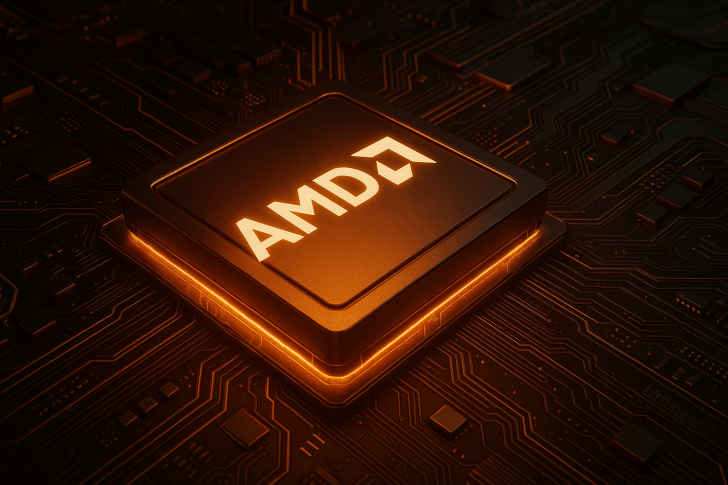⬤ AMD is making a strategic shift toward becoming a full platform provider, moving beyond just selling chips. The company now plans to deliver complete AI infrastructure solutions—including silicon, interconnects, software, and entire rack systems—that cloud providers can deploy at scale. This approach follows Nvidia's playbook but emphasizes an open ecosystem, giving AMD a shot at becoming the flexible alternative for major cloud and AI customers worldwide.
⬤ CEO Lisa Su laid out aggressive targets: roughly 35% annual growth, 57% profit margins, and over $20 earnings per share by 2030. To hit these numbers, AMD's data center business would need to jump from about $16 billion today to $100 billion in five years—a sixfold increase. Getting there depends on rapid adoption of the upcoming MI450 GPU and Helios systems, with major cloud customers placing substantial orders. The main risk is execution—any hiccups in GPU production or slower market acceptance could derail these ambitious projections.
⬤ GPUs represent AMD's biggest growth opportunity, but success hinges on ROCm, the company's open-source software platform built to challenge Nvidia's dominant CUDA ecosystem. ROCm needs to feel as reliable and seamless as CUDA for developers. Recent partnerships with Meta, Oracle, and OpenAI signal real progress in building credibility as a serious platform player in AI and high-performance computing.
⬤ AMD's CPU business remains its financial engine. With nearly 40% of the server CPU market, the division generates the cash flow and profits needed to fuel GPU development and software investments without squeezing margins. As AI workloads increasingly favor CPUs for inference tasks, crossing 50% market share looks realistic and would further strengthen AMD's position in the data center space.
 Usman Salis
Usman Salis

 Usman Salis
Usman Salis

